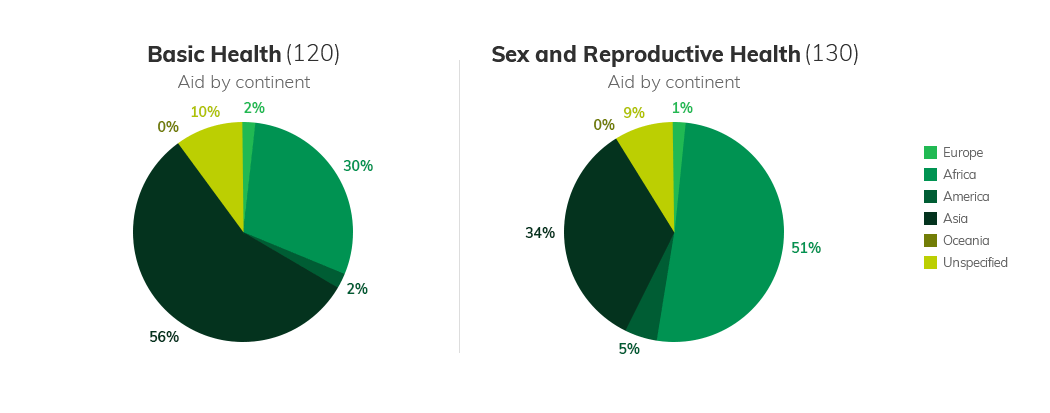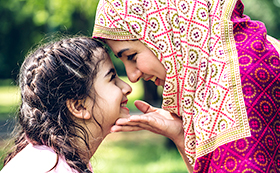
International ODA Trends
Countries’ ODA trends are introduced.
Size and strategies of each country are constantly compared and analyzed.
HOME  International ODA Trends
International ODA Trends  Germany
Germany
Germany
Germany's ODA and health ODA trend
Germany is
the second-largest contributor to aid.
By 2017, Germany's aid costs were $ 21.8 billion. The investment ratio
is more expensive for bilateral aid than for multilateral aid, with refugee
assistance (30%), humanitarian assistance (9%), education (9%),
energy (9%), and agriculture (4%). In the health sector, Germany is the
third-largest aid source in the world after the United States and Britain,
which is about $ 1.1 million. This represents 4% of Germany's GDP,
but it is below the average of 8% of DAC. The German government distinguishes
he health sector as an essential ODA sector, and in particular, has a policy of
emphasizing health systems and poverty, alienated tropical diseases, and
international partnerships. Percentage of continents (2008-2017), as seen by the
OECD-DAC's CRS aid objective code in Germany's Grants-in-Aid for Health (120)
aand Sexual Reproduction (130) data are as follows.

The priorities of basic health (120) are in the order of Asia (56%), Africa (30%), and unspecified(10% ), And the Americas (9%) is following.
The difference with other countries is that there is a significant difference in the support ratio between the first and second countries.
Health ODA Strategy of the German Agency (BMZ)
In Germany, the Federal Office for Economic Cooperation and Development (Bundesministerium für Wirtschaftliche Zusammenarbeit, BMZ) carries out its business as an independent agency dedicated to development assistance and is also a major actor in international health policy. Germany adopts the basic approach of development cooperation activities as human rights and reflects human rights in the basic frame of all development cooperation fields. The Human Rights-Based Approach can be effectively applied to projects targeting poor, vulnerable, and marginalized groups, effectively improving health indicators. The keywords of health cooperation in Germany are health, human rights, universal health care, health insurance, health system, child and youth health, HIV / AIDS, tuberculosis and malaria control, infectious diseases, HIV / AIDs, tuberculosis, polio, , Maternal and child health, family planning, hospital partnerships, and the 2030 health agenda.
In 2017, the percentage of investment by the healthcare sector in ODA was ranked as 27% for infectious diseases, 21% for basic medical facilities, 12% for reproductive health, 11% for health policy and administration, and 7% for medical services.

Introduction of German girl health project

-
Population Dynamics, Sexual Reproductive Health Program
(2015-2018, Middle East and Africa)The program is designed to provide health services and educational services to women and girls following the human rights-based approach and gender mainstreaming to address gender issues associated with increasing population growth due to urbanization and immigration.

-
Youth sexual reproductive health and HIV prevention projects
(2015-2018, Mozambique, Namibia, Zambia, South Africa)This project provides HIV prevention and infection treatment and sexually transmitted health services for teenagers aged 24 to 24 years. Activities are supported through the Ministry of Health of each country. This project aims to improve the results of local and national level programs.


